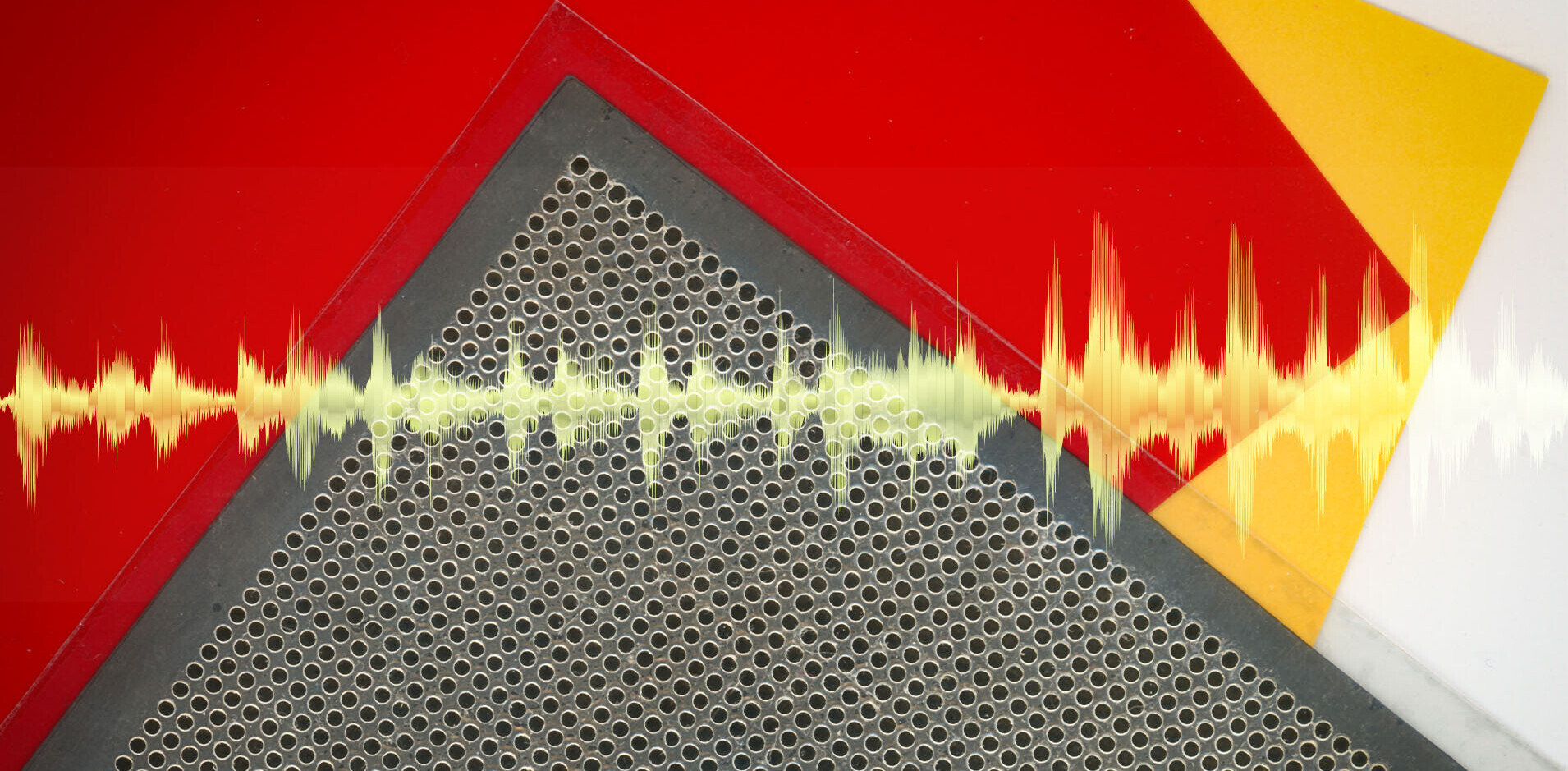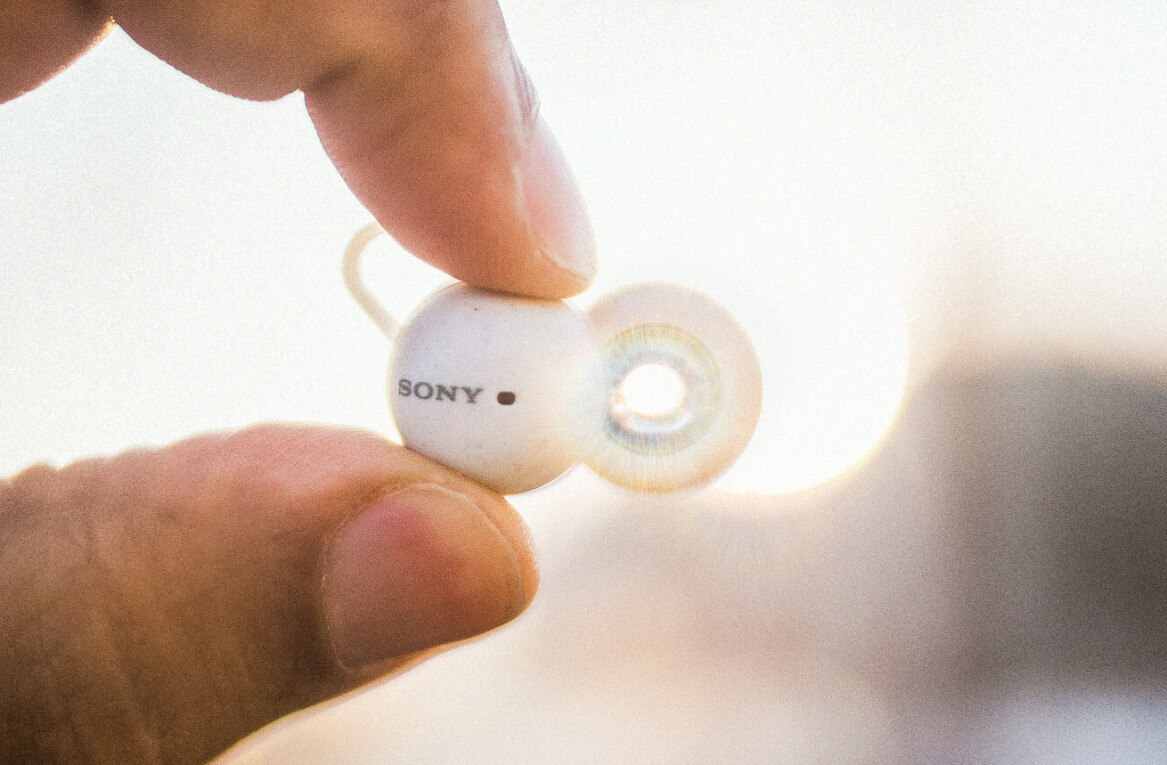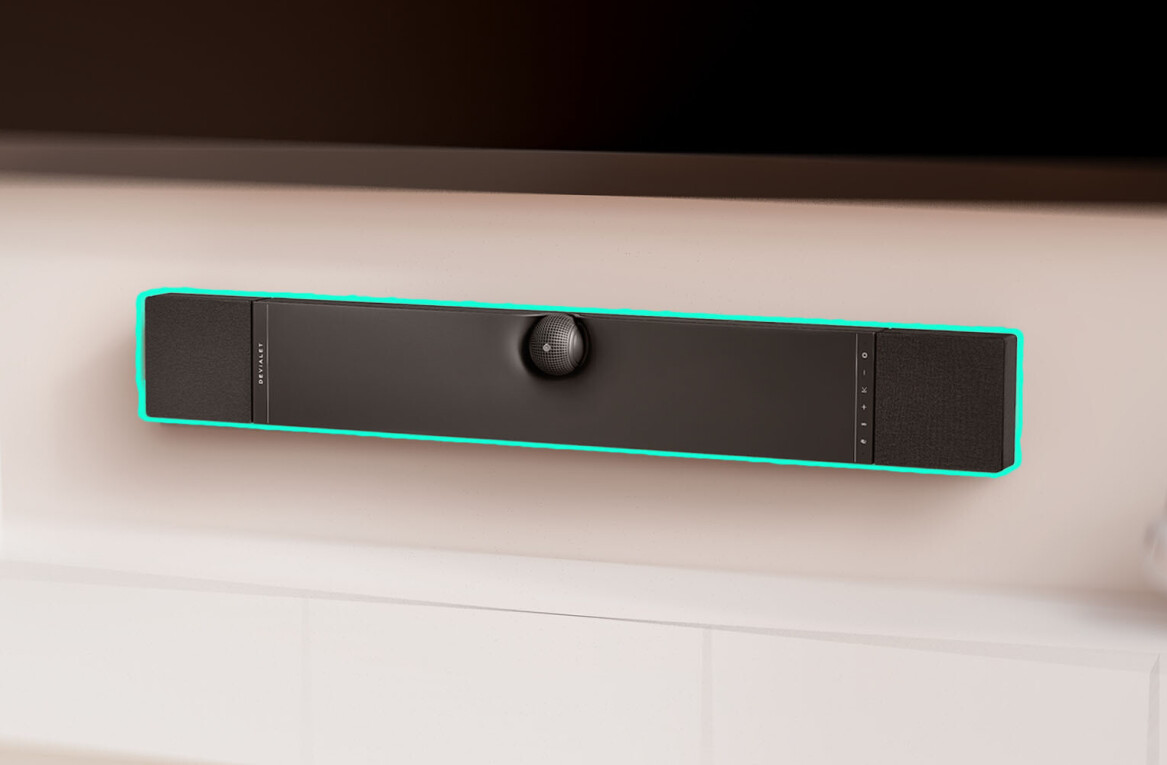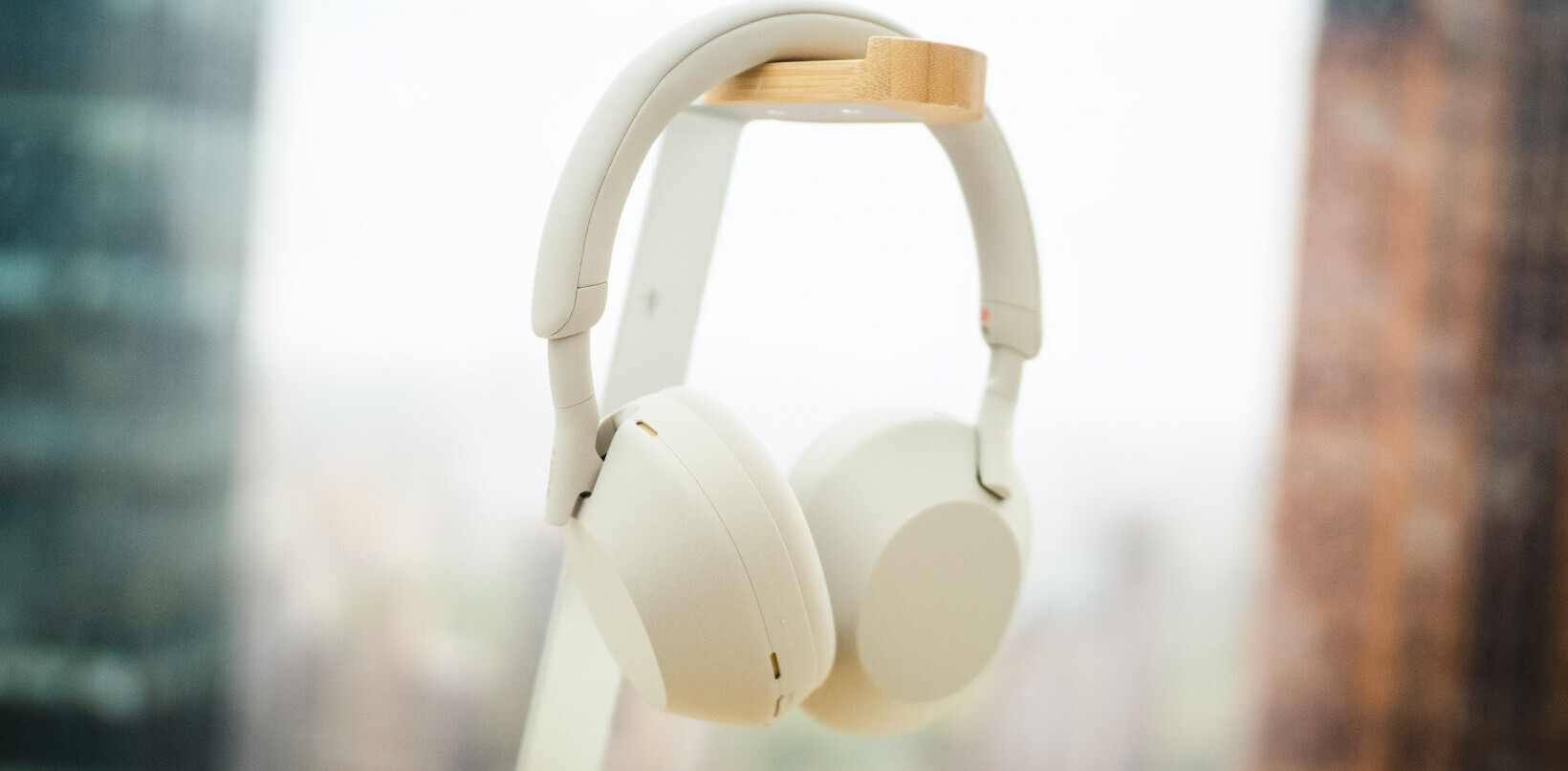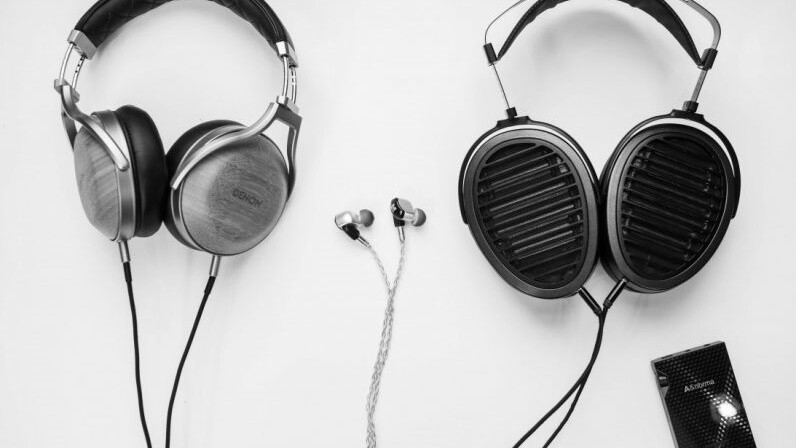
When I reviewtop-of-the-line (read: expensive) hardware, I often find myself having to make a disclaimer: you don’t need to spend this much, because there’s something 95 percent as good for a far lower price. But inevitably, some people will relentlessly chase that last 5 percent.
Nowhere is this truer than in audio. It’s a market that dangerously straddles the line between science and subjectivity, and that struggle for the last ounce of performance can be the difference between three and four-digit price tags.
Granted, most people get that high-end audio is a luxury market, but I still find many struggle to understand why someone would pay a grand for fancy earbuds (or In-Ear Monitors, as they’re often known in the audio world). $1,000 on speakers is expensive, but not too outlandish. $1,000 for headphones is a lot, but it’s a reasonable niche within a hobby. But many people wouldn’t even spend a tenth that for earbuds. Who in their right mind would spend more for a pair of tiny earbuds you could easily lose?
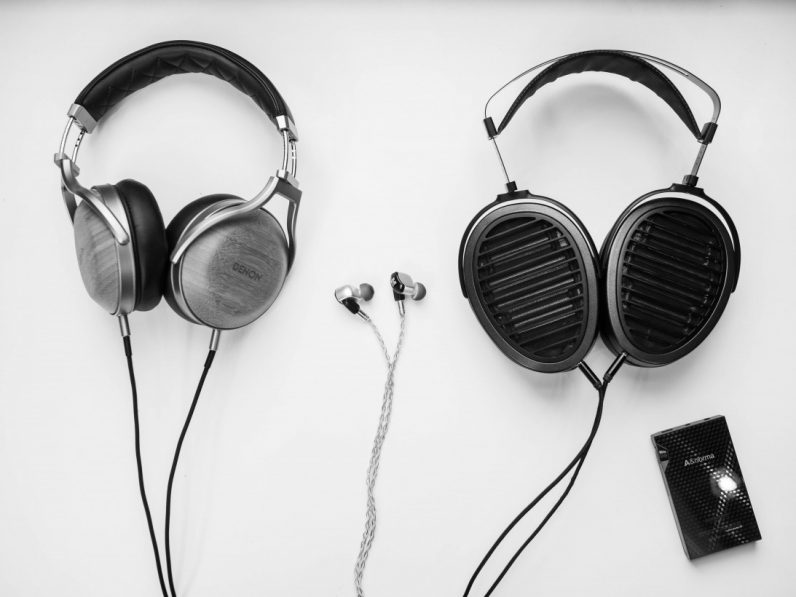
Quite a few people, it seems, considering the IEM market is booming and prices keep increasing. There mid-fi and premium IEMs from companies all over the world, from boutique products to big name brands. To name a few top of the line models: There’s the $2,500 KSE1500, the $1,500 Campfire Audio Solaris, the $1,500 Hifiman RE2000, the $900 RHA CL2, the $2300 Sony IER-Z1R, the $1,000 AKG N5005, the $3,600 64 Audio tia Fourté, etc.
Mind you, this booming market is growing despite the extinction of the headphone jack on mobile devices. Most of these premium IEMs have no smart features at all – not even a microphone. But 10 years ago, there weren’t nearly as many options.
So why are people willing to pay so much? I can’t speak for everyone – especially as I get to try a lot expensive gear by virtue of my job – but for me, it comes down to one thing: versatility. IEMs are simply more versatile than anything else in audio, and I’d gladly spend a grand on good earbuds before I do the same for speakers or headphones.
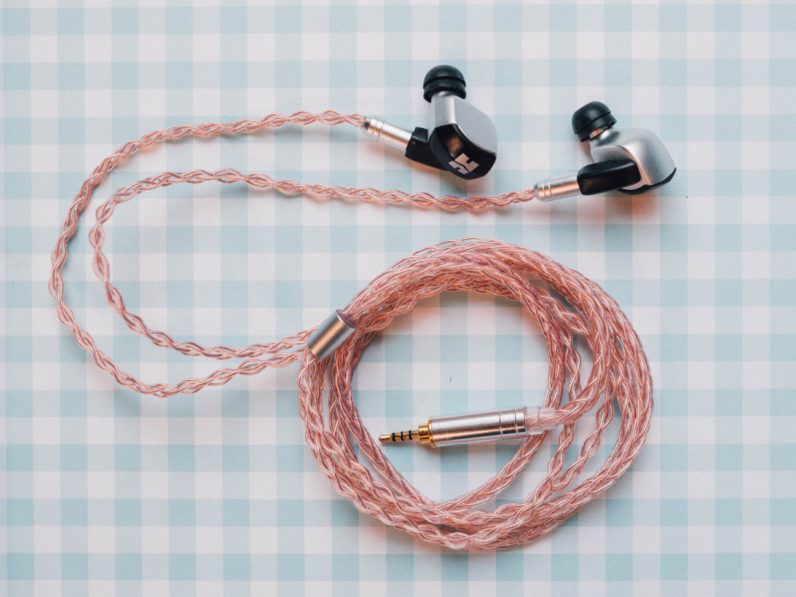
No, IEMs can’t replicate the sound of speakers, at least not without special recording techniques or fancy algorithms. They can’t even sound as spacious as most headphones. And they’re definitely not for everyone – some people simply can get past the sensation of a tiny plunger going into your ear.
But for those not bothered by IEMs, that direct channel into your eardrum makes for an efficient acoustic pathway. In general, I find I can get more detailed sound at any given price from a pair of IEMs, and when I’m listening critically, I’m listening for detail. In my experience, you don’t have to spend that much on speakers that give you a realistic soundstage, the main advantage of speakers, but you’ll be out several grand before you find ones that can match the detail on a good pair of IEMs.
Couple this with better noise isolation and you get to appreciate all those details and nuances in your music that often get lost on larger drivers.
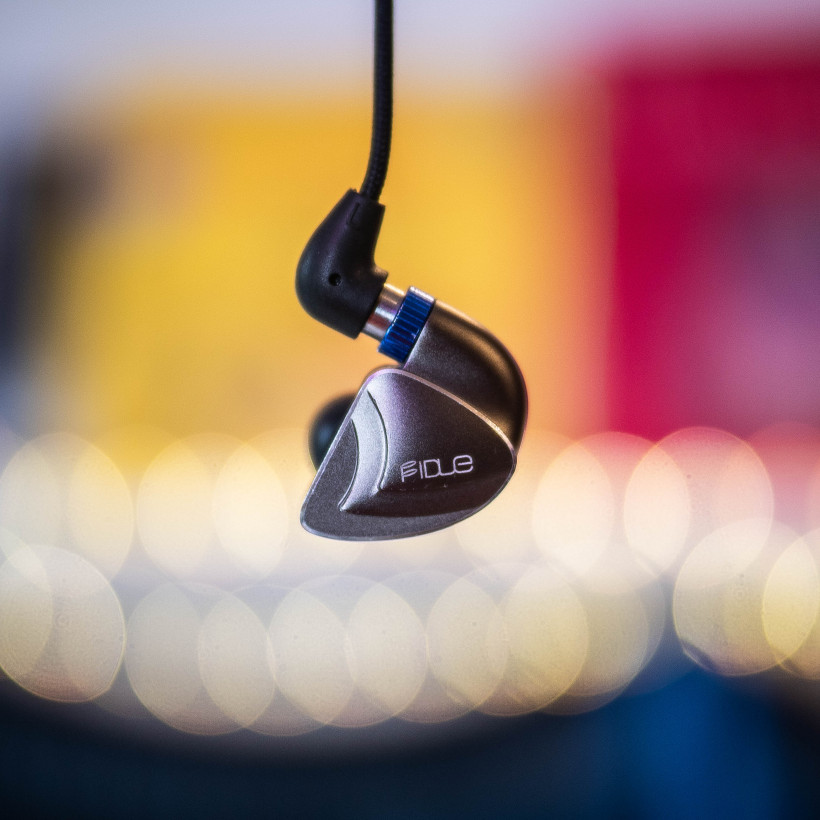
That improved isolation is also often better than what you can get from active noise-cancelling headphones. And though ANC headphones have improved significantly in the past few years, even the best ones still pale in comparison to the high-end IEM market when it comes to detail and resolution.
Point is, I’ve listened to speaker and headphone setups costing tens of thousands of dollars, but none present detail in your face quite the same as a good pair of IEMs. And if the world were quicker to adopt binaural audio, speakers and headphones would lose their advantage in spatial presentation – but that’s a subject for another time.
Yet the most important benefit one is the most obvious: IEMs are tiny. Speakers have to stay at home. Hi-Fi headphones are usually huge, heavy, and otherwise unwieldy. But IEMs are always meant to be portable – even if those portable setups can sometimes be a bit clunky (Shure’s KSE1500, for example). There’s something wonderful about being able to take a world-class sound system anywhere you go – be it the gym, an airplane, the bathroom, or the grocery store.
Very few top of the line headphones are quite so portable, and none can fit in your pocket. And while I’ve heard of many people having their headphones stolen, it seems few thieves appraise IEMs with as much value. This despite the fact many premium IEMs even look like jewelry.

Don’t get me wrong: I don’t mean to encourage inflated pricing. Goodness knows I wish the best IEMs cost less, and you can get so close for far less money. I will only recommend products in this price range to the biggest audio geeks – those who have the fat wallets or are willing to save up for the luxury.
Hi-Fi isn’t about needs or accessibility – it’s about desires and aspirations. Most people are willing to splurge on something we don’t totally need because it makes them happy – be it fancy clothes, a classy watch, vehicle upgrades, whathaveyou.
For some of us, it’s the sensation of some of the best hi-fi sound in our pockets. Nothing in audio brings me as much joy in as many places as a good pair of IEMs. If we’re to ascribe value to our gear to the enjoyment we get out of it, spending $1,000 on a pair of fancy earbuds almost seems like a bargain. Almost.
Get the TNW newsletter
Get the most important tech news in your inbox each week.

